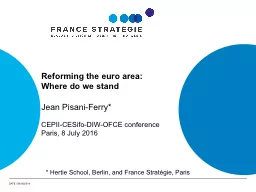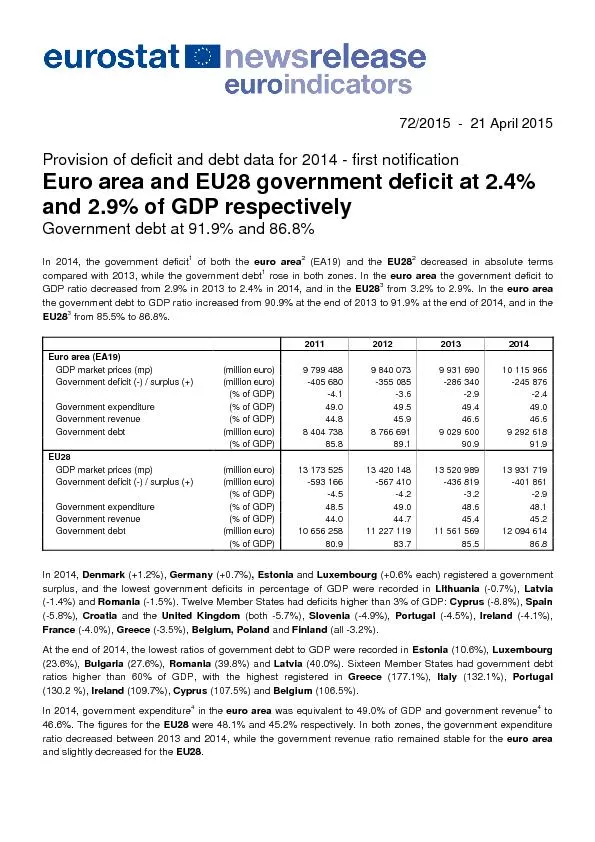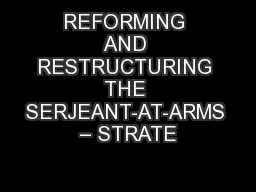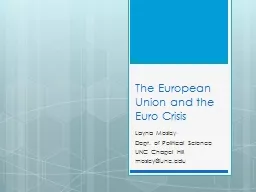PPT-Reforming the euro area:
Author : myesha-ticknor | Published Date : 2017-12-09
Where do we stand Jean PisaniFerry CEPII CESifo DIWOFCE conference Paris 8 July 2016 DATE 00002014 1 Titre de la présentation Hertie School Berlin and
Presentation Embed Code
Download Presentation
Download Presentation The PPT/PDF document "Reforming the euro area:" is the property of its rightful owner. Permission is granted to download and print the materials on this website for personal, non-commercial use only, and to display it on your personal computer provided you do not modify the materials and that you retain all copyright notices contained in the materials. By downloading content from our website, you accept the terms of this agreement.
Reforming the euro area:: Transcript
Download Rules Of Document
"Reforming the euro area:"The content belongs to its owner. You may download and print it for personal use, without modification, and keep all copyright notices. By downloading, you agree to these terms.
Related Documents














